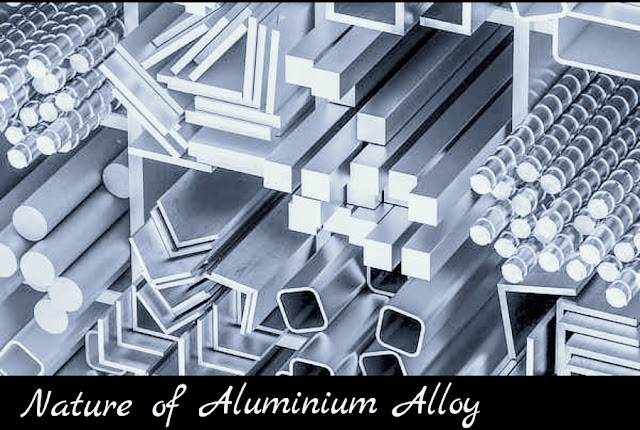WHAT IS NATURE OF ALUMINUM ALLOYS
Aluminum is the most abundant metal and the third most abundant chemical element in Earth’s crust, comprising over 8% of its weight. Only oxygen and silicon are more prevalent. Yet, until about 150 years ago aluminum in its metallic form was unknown to humans. The reason for this is that aluminum, unlike iron or copper, does not exist as a metal in nature. Because of its chemical activity and its affinity for oxygen, aluminum is always found combined with other elements, mainly as aluminum oxide. As such it is found in nearly all clays and many minerals. Rubies and sapphires are aluminum oxide colored by trace impurities, and corundum, also aluminum oxide, is the second hardest naturally occurring substance on Earth only diamond is harder. It was not until 1886 that scientists learned how to economically extract aluminum from aluminum oxide via electrolytic reduction. Yet in the more than 100 years since that time, aluminum has become the second most widely used of the approximately 60 naturally occurring metals, second only to iron.
Aluminum alloys are broadly used in products and applications that touch us regularly in our daily lives, from aluminum foil for food packaging and easy-open aluminum cans for your beverages to the structural members of the ground vehicles and the aircraft in which we travel. The broad use of aluminum alloys is dictated by a very desirable combination of properties, combined with the ease with which they may be produced in a great variety of forms and shapes plus the ease with which they may be recycled and reused endlessly. In this chapter, we will review the characteristics of aluminum alloys that make them so attractive and note the variety of applications in which they are used.
For readers who are interested in a broader look at the aluminum industry as a whole, the publications of the Aluminum Association are highly recommended, especially:
• Aluminum: Technology, Applications and Environment
• Aluminum Standards and Data (Standard and Metric Editions)
• Standards for Aluminum Sand and Permanent Mold Castings
• The Aluminum Design Manual
See the References at the end of the chapter for a more complete listing.
ADVANTAGES OF ALUMINUM ALLOYS
The first step in becoming familiar with the opportunities to utilize aluminum alloys advantageously is to briefly note some of the basic characteristics of wrought and cast aluminumalloys that make them desirable candidates for such a wide range of applications as well as their limitations. Wrought alloys (those mechanically formed by rolling, forging, and extrusion into useful products) are addressed first, then cast alloys (those cast directly to the near-final finished shape).
.....................fiza engineer....................
...sk najmul...


0 comments:
Post a Comment
Please do not enter any spam link in the comment box.